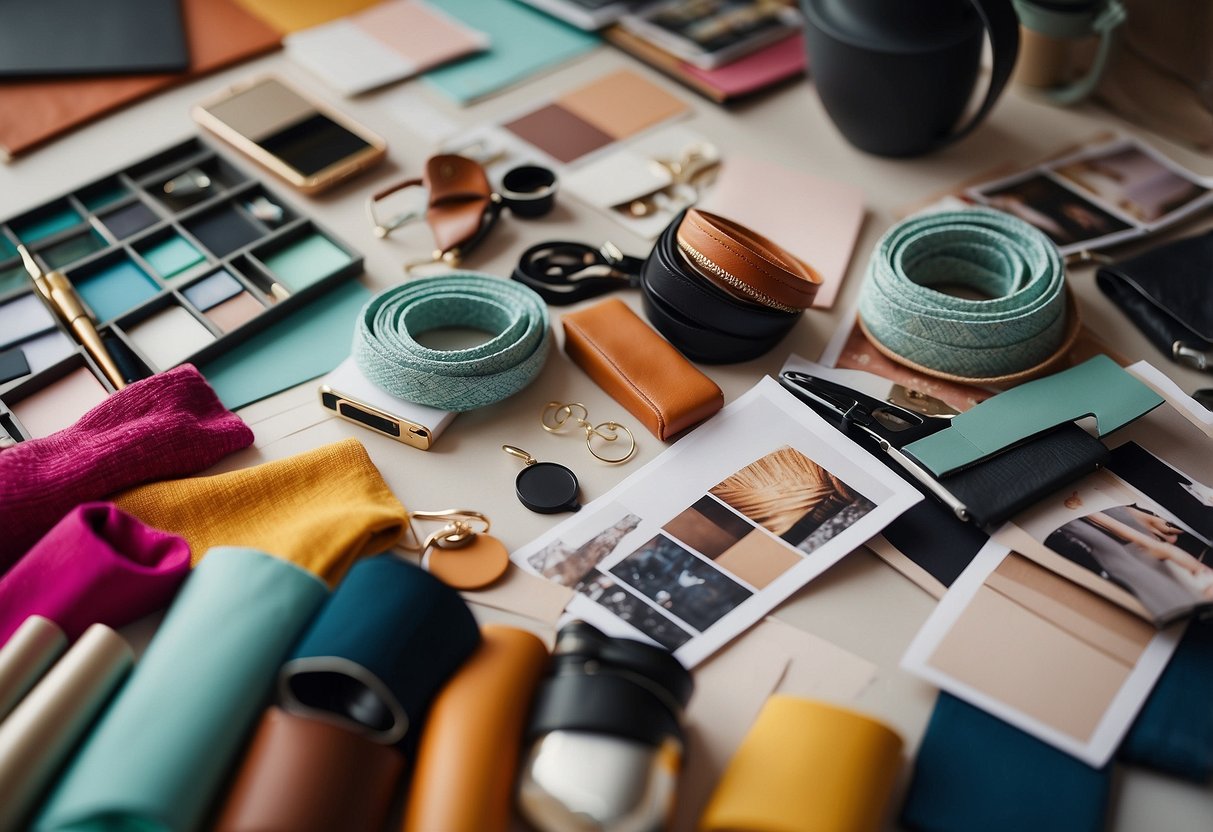
Adapting Your Style to Different Occasions
Adapting your personal style to different occasions is essential to ensure you are appropriately dressed for various environments. Consider the context, setting, and expectations to create a cohesive and suitable look.
Dressing for the Workplace
When dressing for the workplace, prioritizing a professional appearance is key. Many workplaces have specific dress codes, ranging from business formal to smart casual. For a business formal setting, suits, ties, and leather shoes for men are essential, while women might opt for tailored dresses or pantsuits.
In a business casual environment, blazers with slacks or skirts are suitable. Polo shirts and khakis may also be acceptable in more relaxed settings. Ensuring that clothes are well-fitted and clean is crucial. Colors should generally be neutral, avoiding overly bright or distracting patterns. Accessories should be kept minimal and understated to maintain professionalism.
Casual and Social Settings
Casual and social settings allow for more relaxed and expressive style choices. Jeans, t-shirts, and casual dresses are often appropriate. In these environments, individuals can reflect personal tastes more freely. Comfort is usually more important, but it’s still essential to dress appropriately for the specific event or locale.
Choosing clothes that fit well and are in good condition is important, even in casual settings. Casual doesn’t mean sloppy; it’s about balancing comfort with style. Adding accessories like hats, scarves, or casual jewelry can provide a personal touch. Footwear can be more relaxed, such as sneakers or loafers, depending on the activity.
Special Events and Formal Attire
Special events and formal occasions demand a higher level of sophistication. For formal events like weddings or galas, evening gowns, tuxedos, or tailored suits are usually expected. Attention to detail is critical; ensuring clothes are well-fitted, clean, and appropriate for the event is necessary.
Colors and fabrics should also match the formality of the occasion. Rich fabrics like silk, satin, or wool are preferred. Accessories should complement the outfit, such as elegant jewelry, ties, or cufflinks. Footwear should be formal, like dress shoes or heels. Adhering to any specific dress codes indicated by the event is always advisable to show respect and fit in seamlessly.
Evolving Your Style Over Time
Personal style is not static; it evolves with life experiences and changes in preferences. This section discusses how to adapt your style as you grow older and how to remain authentic while trends come and go.
Embracing Change with Age
As people age, their tastes and priorities can shift. A youthful, eclectic wardrobe might make way for more refined, versatile pieces. Quality often becomes more important than quantity. With age comes a deeper understanding of one’s body and comfort preferences, leading to choices that balance style and practicality.
Changing environments, such as career shifts or lifestyle changes, can also influence style. Adapting to these changes while maintaining a coherent personal image requires a flexible approach. It’s about incorporating classic pieces that age well and resonate with your evolving identity.
Experimentation remains key. Trying new colors, cuts, and accessories can revitalize your wardrobe. Staying open to change allows personal style to reflect growth and transformation, ensuring it remains relevant and satisfying.
Staying True to Yourself Through Trends
Trends can be both inspiring and overwhelming. It’s important to distinguish between elements that genuinely interest you and fleeting fashion crazes. Staying true to yourself involves selectively integrating trends that enhance your unique style rather than blindly following every new fashion wave.
Know your preferences, and focus on what makes you feel confident. Utilizing timeless pieces as a foundation allows for the incorporation of trendy items without losing personal identity. This balanced approach ensures your wardrobe remains cohesive and representative of your individuality.
Being discerning with trends and maintaining a sense of self results in a style that is both current and distinctly you. Trends should serve as inspiration, not a directive, guiding your choices while staying true to your personal aesthetic.



